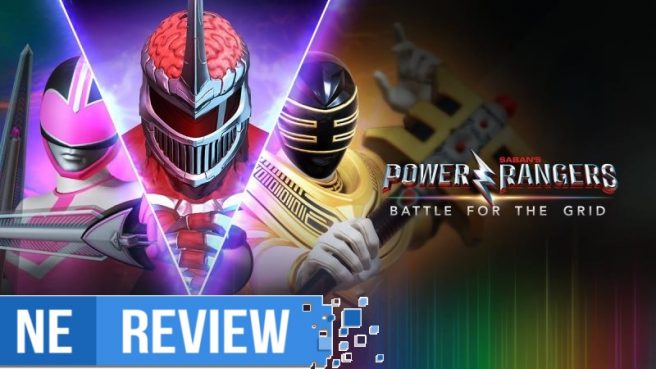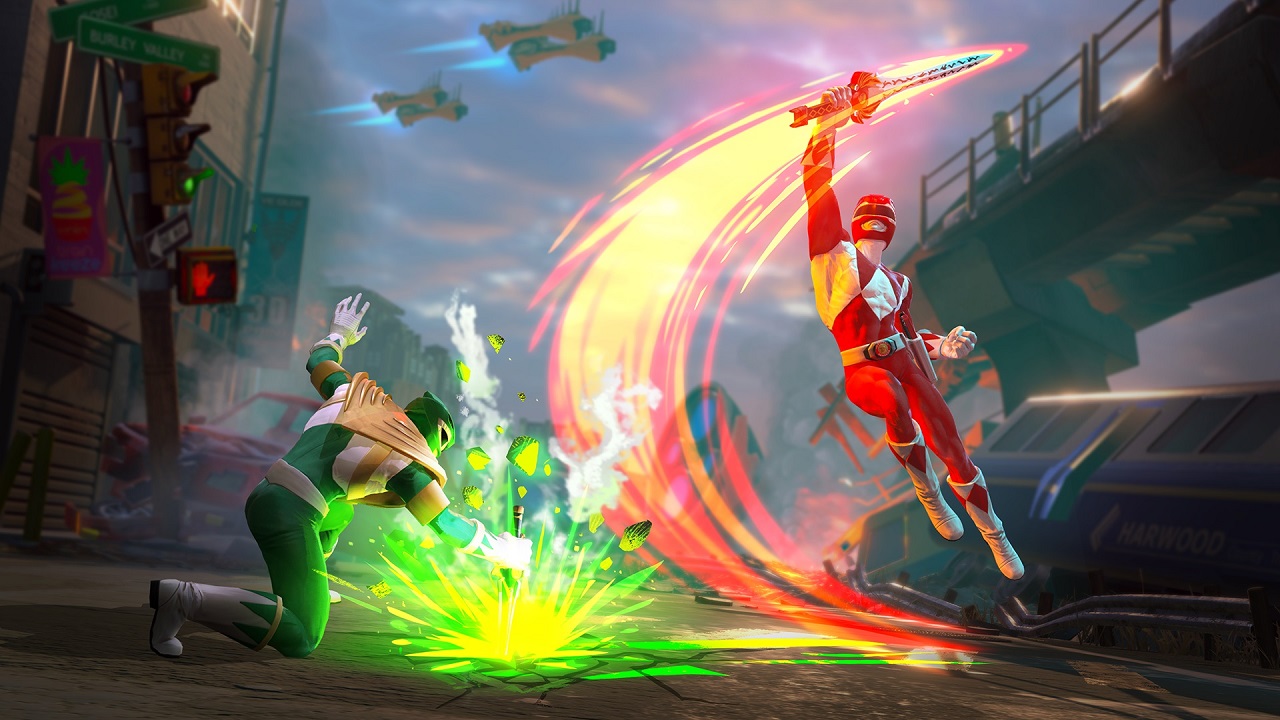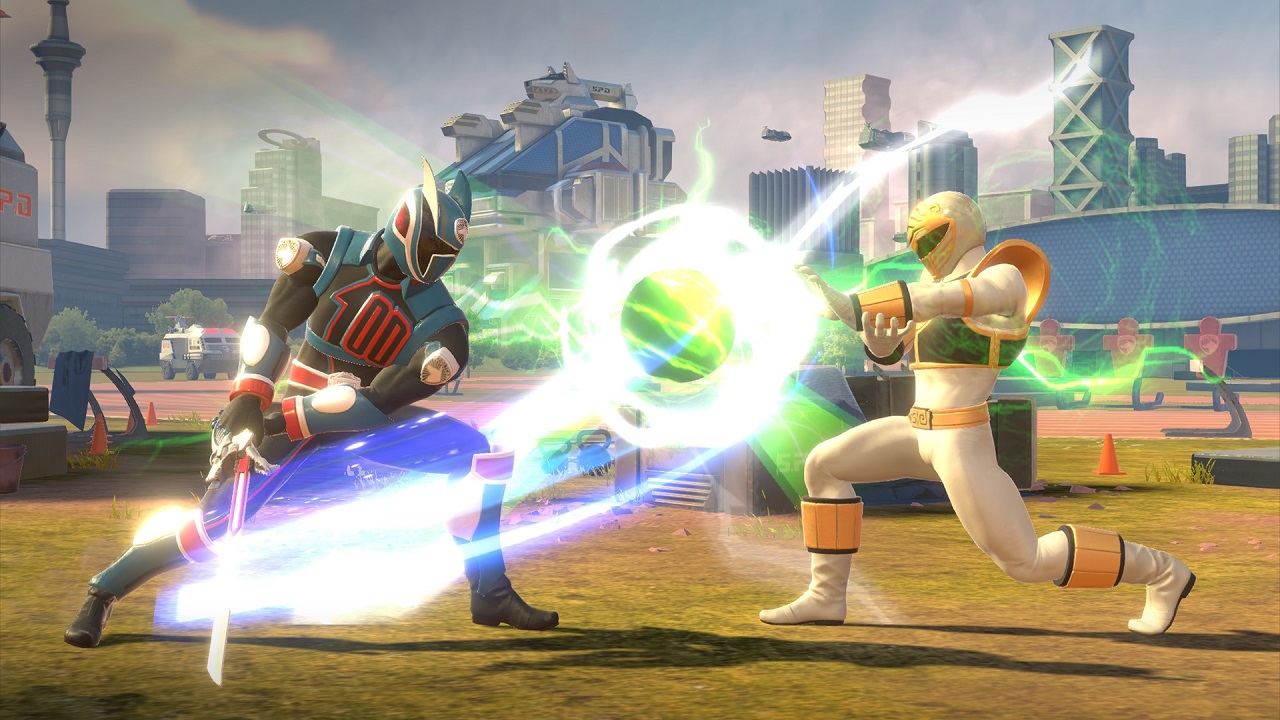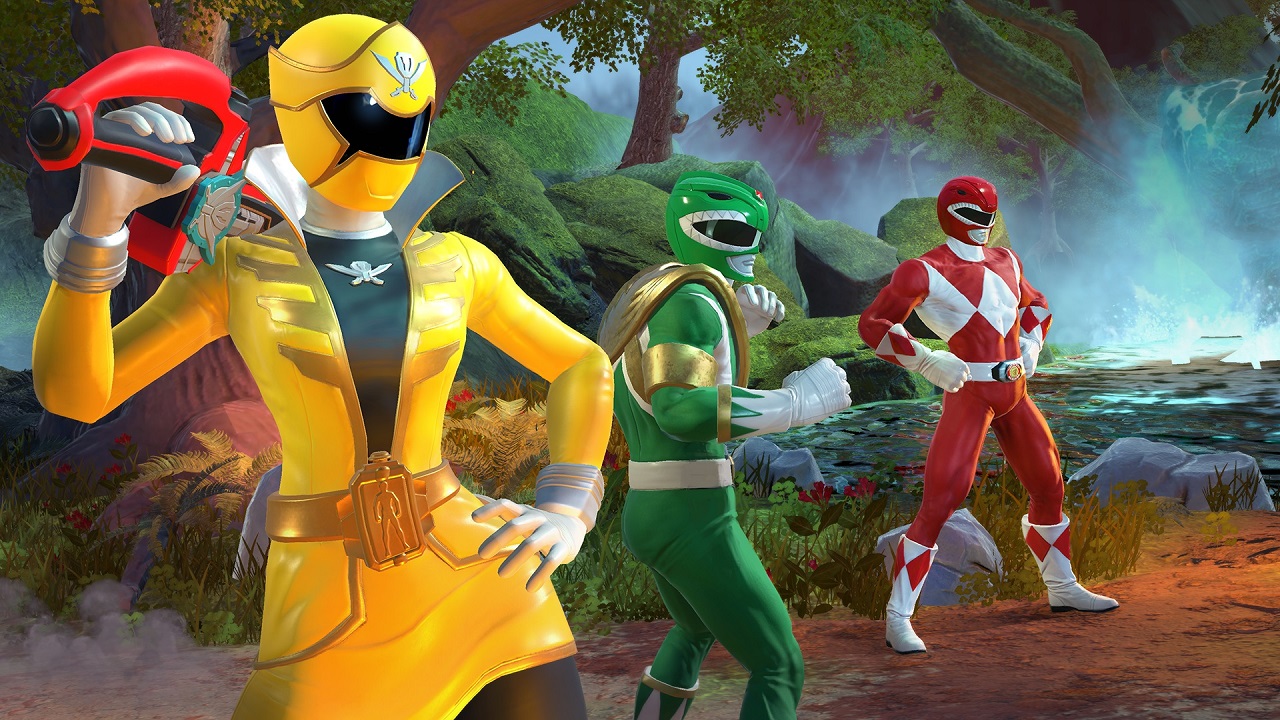[Review] Power Rangers: Battle for the Grid Collector’s Edition
System: Switch
Release date: October 13, 2020 (Collector’s Edition) / March 26, 2019 (original)
Developer: nWay
Publisher: nWay
There have been plenty of Power Ranger games since the SNES days, but the IP itself has never really seen a true title made with enthusiasm and passion from its development quite like Power Rangers: Battle for the Grid. While its traditional 2D fighter approach doesn’t stray away much from previous games, it’s the one that sticks out the most thanks to its continuous fun and being the first entry to support cross-play. Battle for the Grid reminds us why Power Rangers has been so globally recognized and beloved for decades as it is clearly made with love and appreciation for the series. Some may argue that the DLC and live-service approach can be a bit aggressive, but the game has come a long way now that the Collector’s Edition is on the horizon, making it the best possible time to jump in.
Fighting games come in all different shapes and sizes, and despite Power Rangers being the globally recognized and illustrious name that it is with an optimistic reaction from audiences, when Battle for the Grid was announced, it ultimately felt a little barren and starved for content during its initial release. At the time there was no story mode, and only a select few characters in the game with a small batch others being held behind paid DLC. Even with its enticing $20 price point, there was a lot to be desired. But now on the helm of the release of the physical Collector’s Edition which includes season pass content, skins, and what feels like a complete package now a year later, $30 and its continuous support now makes Power Rangers: Battle for the Grid the perfect time to join the fight and play a competent fighter with some of your favorite characters – including iconic staples like Goldar, Jason Lee Scott, and Lord Zedd.
Accessibility in Power Rangers: Battle for the Grid is arguably one of the best parts about the game, and it also allows for long time players of the fighting game community to unleash intricate combos. At the same time, those with little to no experience with fighting games should feel comfortable picking up Battle for the Grid for both casual and competitive play, making it the ideal Power Rangers experience we’ve had in years. Boasting more than twenty characters from the likes of Jungle Fury, S.P.D., Time Force, and of course the original Mighty Morphin’, though a lot have similar outfits and accoutrements, the characters for the most part feel unique and distinct from one another, even if sometimes it can be difficult to tell a few apart. There’s enough with the move sets that define each character and also represent the era they were in.
Now with the inclusion of a story mode which was missing during its launch period, players can get the hang of the characters available to them as the story will have you switching fighters in just about every battle you come across, even within the same chapter which can consist of just a couple of fights. While the story is an all too familiar “timeline crossover” fiasco where Lord Drakkon (an alternate timeline version of Tommy Oliver) aims to steal the power of other rangers and kill in the process, it’s a battle of a good versus evil as Rangers from different dimensions must fight and protect others in the process.
It’s the straightforward linear approach to its story that leaves a lot to be desired. The presentation from its menus to loading screens and dialogue exchanges of static character art are barebones and don’t give much oomf or excitement to the experience, but the gameplay itself really shines through to make up for this thankfully, even if the story mode can’t seem to allow you to get acquainted with one ranger for more than a battle at a time. I’m not sure if this was to prevent players from feeling some sort of repetition or boredom, but with each character feeling different in their styles – some being more ranged, magic, melee, aerial, or brawler based – it’s hard to strategize or get familiar, making each battle feel a bit wobbly, even with the easiness and intuitiveness of the controls. Fighting games have never been the best at storytelling, and you won’t find much different here with Power Rangers: Battle for the Grid, but the kid inside of me does get a little jumpy when you see generations of Power Rangers collide, even if it is a little frenetic and extremely fast-paced as if it was rushed together.
Power Rangers: Battle for the Grid really shines the brightest when you’re in battle, and with a team of three you can easily switch and enable assists similar to a Marvel vs. Capcom approach, but with much more fluidity. Choosing from a range of characters with varying skillsets, you can create intricate combos with ease and take your opponents out swiftly once you’ve gotten the hang of the mechanics. Its tutorial mode is informative without overstaying its welcome, and even for those new to fighting games they’ll be able to get the hang of it in roughly ten minutes. Tutorials have always been odd in some fighters because they feel almost endless, losing incentive to learn as you want to just jump in and enjoy the game. Recent fighting games like Dragon Ball Fighterz and Mortal Kombat 11 have had tutorials that feel like they keep going and aren’t fun whereas the one here is just as entertaining as anything else the game has to offer.
Once you’re up and running, you can also get the aid of Megazords to unleash powerful moves after a meter fills up enough to really take your opponent off-balance. A lot of these attacks are very difficult to dodge as one can imagine due to the size of them, though it is possible. On the topic of evasion, Power Rangers: Battle for the Grid does take the more traditional 2D fighter approach by also having blocks be associated with moving the characters in the opposite direction of which you’re facing rather than a dedicated block button, and this has always been problematic for me personally as I’ve always enjoyed buttons for actions and the sticks strictly for movement and directional inputs. Power Rangers: Battle for the Grid, however, never really feels unfair and gives relatively large windows to do the bulk of what you’re trying to accomplish in a battle, so despite this one caveat that isn’t in my favor, it works well for anyone picking up a fighting game for the first time or may prefer a dedicated button like myself. It’s an easy workaround that adds to the accessibility and fluidity of Power Rangers: Battle for the Grid, and is another reason why it’s able to have complete cross-platform support and parity across all platforms.
This full package of Power Rangers: Battle for the Grid gives lots to do compared to its initial launch now with a plentiful (and continuously growing) roster, and I genuinely believe it’s one of the best fighters the Switch has to offer thanks to being one of the few games on the system that feels, acts, and plays no differently than on any other platform. A lot of Switch titles suffer from feeling different and, when you’re a multiplatform user like I am, you’re always left debating whether the Switch version is the one to pick up even with the portability given potential sacrifices to factors like frame rate and resolution. However, Power Rangers: Battle for the Grid is optimized for any and every play style that makes the Switch just as good of a fit as anywhere else, and you can jump into the game knowing that your purchase on your platform of choice didn’t have any effect whatsoever. Power Rangers: Battle for the Grid is a great place to be right now for fans and newcomers alike, but also has exciting prospects for where the IP could go from here in future games when time and effort is actually put into it instead of a licensed cash grab. And with the new Collector’s Edition, you’re given a slew of content in a solid package filled with a memorable nostalgic past, a strong, formidable present, and an exciting future.
The Verdict
Power Rangers: Battle for the Grid is a solid fighter that takes decades of iconic characters and pits them against each other in the ultimate showdown of quite literally time and space. Being the first fighting game to fully support cross-play among all platforms gives Switch the ultimate parity – and arguably the best we’ve seen on the hybrid system – allowing it to run and look just as swiftly and crisp as it does on any other platform. It isn’t necessarily doing anything groundbreaking and its touted cross-progression feature is limited to your ID that can carry your stats from platform to platform rather than any actual progress made elsewhere (story, character unlocks, etc.), but its accessibility and fluidity really make for an otherworldly experience that make this one of the best Power Ranger games to date. Even if the license as a whole is still missing that definitive experience, as of now this is as close as it gets, and it’s not a bad place to be now with its new Collector’s Edition.
Review copy provided by the publisher for the purposes of this review.




